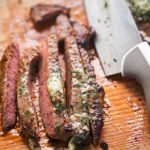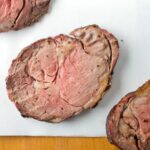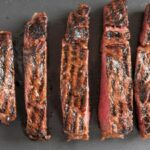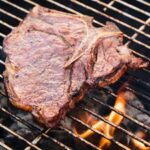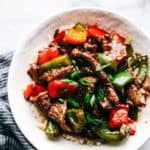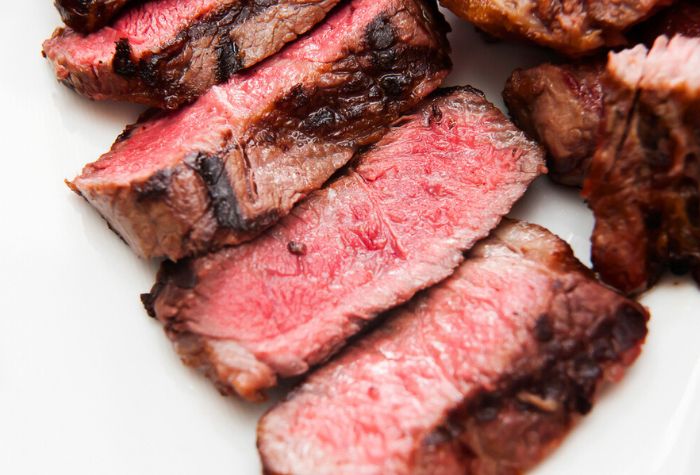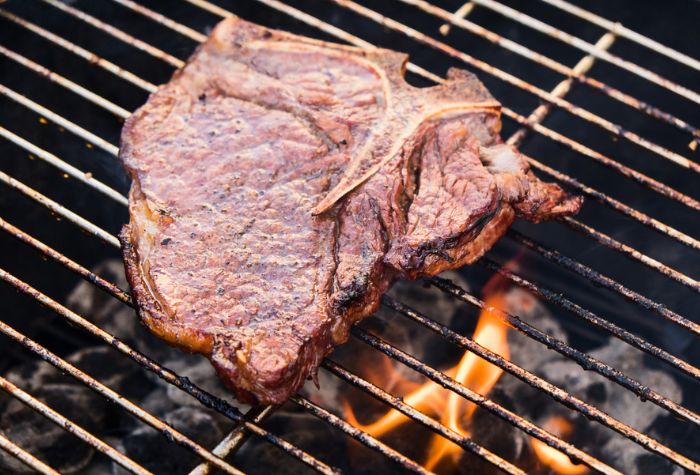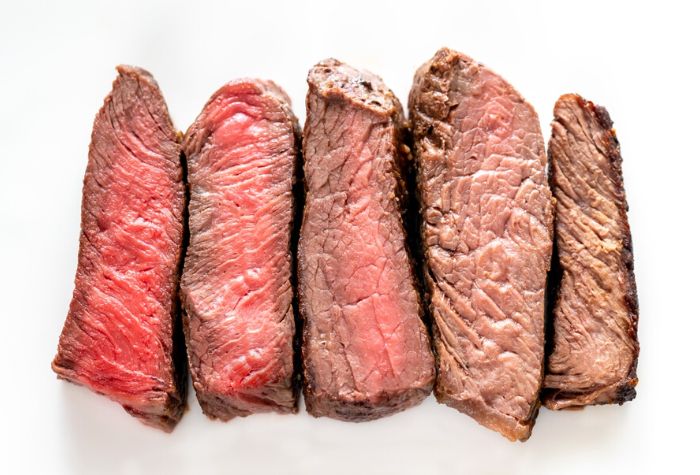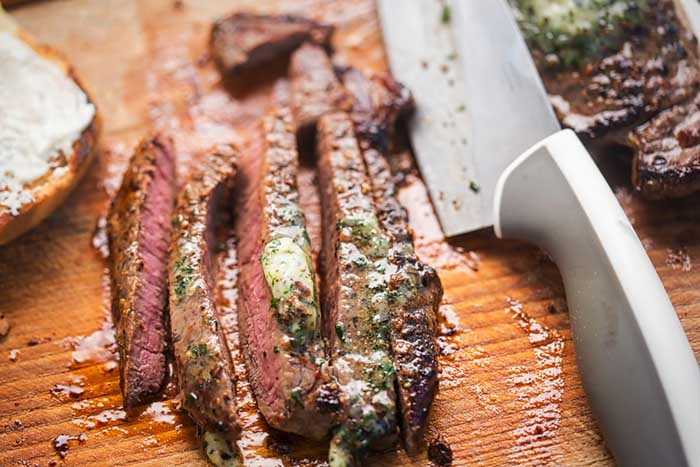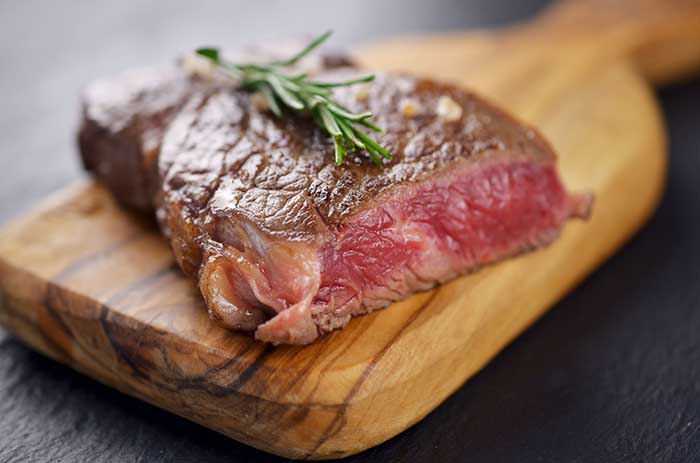The Maillard Reaction gives browned meat its unique and delicious flavor. Discover what it is and how it can improve your backyard cooking with our Maillard Reaction meat guide.
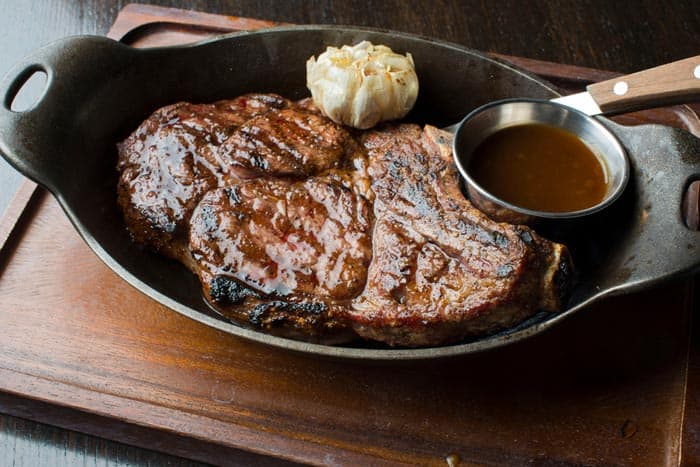
Of all the meat science concepts involved in cooking, the Maillard Reaction is arguably the most important. Some know it as the process that creates browning, but it is so much more than that.
It’s the science behind why barbecue tastes so darn good. With the right conditions, we can create a chemical reaction that completely transforms the color, aroma, and texture of our meat.
From the seared crunch on a grilled steak to smoked brisket bark and crispy bacon, the culinary world owes a lot to the Maillard Reaction.
Our meat cooking guide is here to explain exactly what this phenomenon is, and how you can use it to your advantage and grill meat perfectly every time. Let’s get into it.
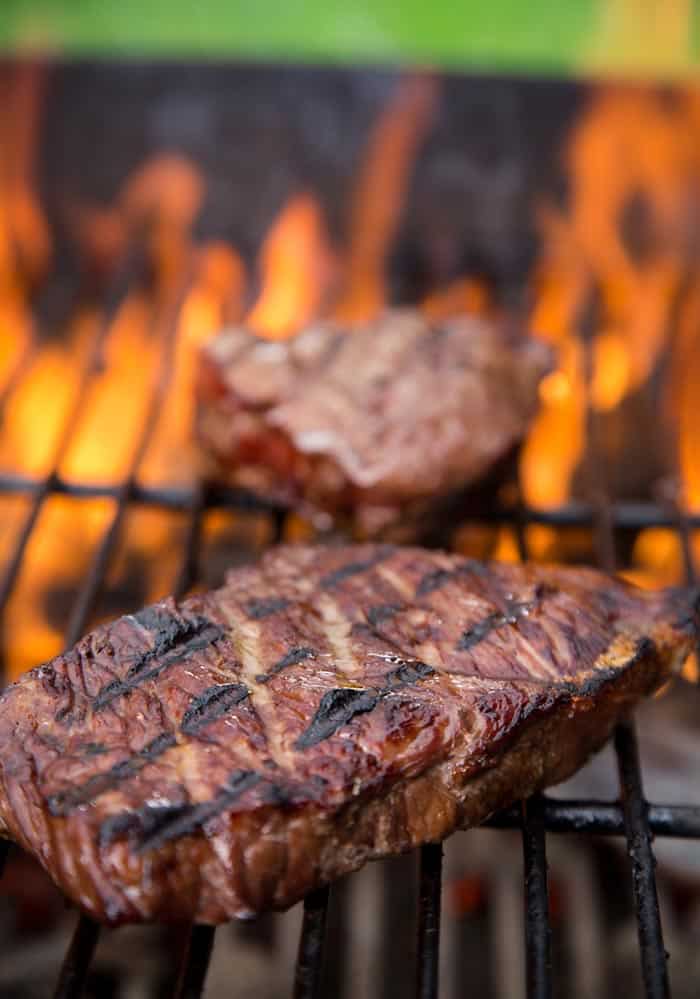
What is the Maillard Reaction?
The Maillard Reaction is a chemical reaction between the amino acids and sugars found in meat, caused by high heat. It is well known for browning the pigments in cooked meat, causing the seared brown color on grilled steak. However, it also produces a vast amount of new molecules, all of which transform the aroma, taste, and texture of the meat.
It is distinct to high dry heat, which is why we don’t see the same effect with slow-roasted or steamed meat. It’s also why smoked beef steak tastes so different from grilled, even if it’s the exact same beef cut and internal temperature.
Named after the French scientist Louis-Camille Maillard, who discovered the reaction between amino acids and sugars at high temperatures, the process explains the browning we see in cooked food. It’s caused by the transfer of energy from dry heat to food and explains its change in color, taste, and texture.
The Maillard reaction is a reaction between amino acids in the proteins and glucose found in meat. This causes new compounds to form, which leads to the surface turning brown and crunchy, with a new flavor and texture.
You can see Maillard reaction in different food types that go through a heating process and an internal chemical reaction to produce a brown caramelized look. You can see it in meat. The crispy bark that is full of flavor is something that comes about through processes that include the Maillard reaction.
It’s not restricted to meat, however. We see it in baked goods like bread, where a crust is formed and turns golden. It also causes toast to turn golden, vegetables such as potatoes, roast to perfection, and look appealing. Even beer, where its gold-like color comes from heating malt barley during brewing.
The process
The reaction kicks in at about 300°F (149°C), where the reducing sugars react with the amino acids found in the protein. This non-enzymatic process leads to the formation of compounds and molecules that contribute to the meat’s new flavor, color, and aroma.
Odor and flavor molecules are formed by a reaction between the sugar’s reactive carbonyl and the nucleophilic amino group of the amino acid. This produces N-substituted glycosylamine and water. Glycosylamine will then go through Amadori rearrangement, forming ketosamines.
The amino acids do not neutralize, and as such, the entire process will speed up in an alkaline environment. This process will produce many flavor compounds, making the food tastier when it has undergone the Maillard reaction. The ketosamines continue to react. In the further reactions, they make two water and reductones.
The formation of aspirin, diacetyl, pyruvaldehyde, and hydrolytic fission begins to form, making brown nitrogenous polymers and melanoidins, which are color pigmentation molecules.
The formation of flavor compounds is yet another complex one, where they break down to form even more compounds. These build upon each other and differ from one food to the other. But they are all formed during the Maillard reaction. While the carbonyl of sugar is a part of the equation, this process is different from caramelization.
Maillard Reaction vs. Caramelization: What’s the difference?
The Maillard Reaction is similar to caramelization. They are both non-enzymatic reactions, where chemical reactions cause the browning of food. However, the conditions needed for each differ slightly.
The two processes can coincide, but the distinct difference is that the Maillard Reaction involves amino acids and proteins. Caramelization requires sugars and carbohydrates.
The Maillard Reaction is the reaction between acids and reducing sugars in food when exposed to heat and has reached a certain temperature. In contrast, caramelization is the process of oxidizing sugars. This will give a nutty flavor and dark color. During caramelization, volatile chemicals are released, water is released in the form of steam, and the sugars are broken down.
The point at which caramelization occurs differs according to the sugars used. Fructose doesn’t need as much heat as glucose and sucrose. It will caramelize at 230°F, while sucrose and glucose will caramelize at 320°F. Lactose will caramelize at 397°F, while galactose needs 320°F.
While both processes need heat, and a particular temperature, the Maillard reaction, requires amino acids for the reaction process to occur, unlike caramelization that is the pyrolysis of some sugars. Caramelization turns sugar into liquid and does not involve proteins and enzyme reactions, such as is needed for the Maillard reaction.
In most cases, the two processes occur together, but the one that emerges victorious is the one that finds what it needs the most to occur. For example, a steak has more protein, so you will find Maillard reaction is more likely to occur than caramelization.
If you grill non-meat or protein-based foods, you will see a form of caramelization take place. For example, sweet corn and onions will change flavor and sweeten thanks to the process.
Interestingly, if you put a non-meat sugar-based food like barbecue sauce onto meat and cook the two together, the BBQ sauce’s taste will change entirely.
What is a non-enzymatic reaction?
Both the Maillard Reaction and caramelization are forms of non-enzymatic browning, where the form of the food changes due to a chemical reaction not caused by the food’s enzymes. Enzymatic reactions are the opposite, where food is oxidized and turns brown. For example, when bananas age and turn brown.
How to get the Maillard Reaction
Understanding this process is crucial to becoming a better barbecue pitmaster so you know when it occurs, at what temperature, and how to squeeze every ounce of brown, crunchy deliciousness out of every cut of meat. Create a good browning on your meat by following these steps.
Keep meat dry
We need dry heat, but any surface-level moisture can create steam and disrupt the conditions we need for browning. Avoid using a marinade or baste. Use a dry brine to draw out excess moisture from the meat surface, and pat it dry before cooking it.
Create space
Distribute meat evenly on your grill grates, with at least an inch between each piece of food. This will allow good airflow through the grill chamber, giving the best chances of the process occurring.
Oil the meat
We often using oil to stop meat from sticking to grill grates, but it also serves another useful function. Oil can help act as a heat conductor, creating a uniform color across the meat surface.
Add sugar
If you are cooking at low temperatures first (like reverse searing), add a pinch of sugar to your BBQ dry rub to help add a little caramelization to proceedings. However, if you are searing at high heat avoid it altogether. Sugar burns at high heat and will ruin your food.
High temperatures
While we can create the same internal temperature in meat by using either barbecue smoking or grilling, the difference between low and slow heat and high-heat searing creates a completely different final result. Low and slow smoking will create a juicy and tender plate of meat, while grilling will help form a delicious brown outside with a caramel-like taste.
The Maillard Reaction starts when the meat hits 300°F, which means that the cooking environment needs to be even higher. Fire up your grill to at least 350°F (177°C) to create the dry heat we need. This is why most grilling recipes instruct you to set your cooker at 375°F-400°F.
